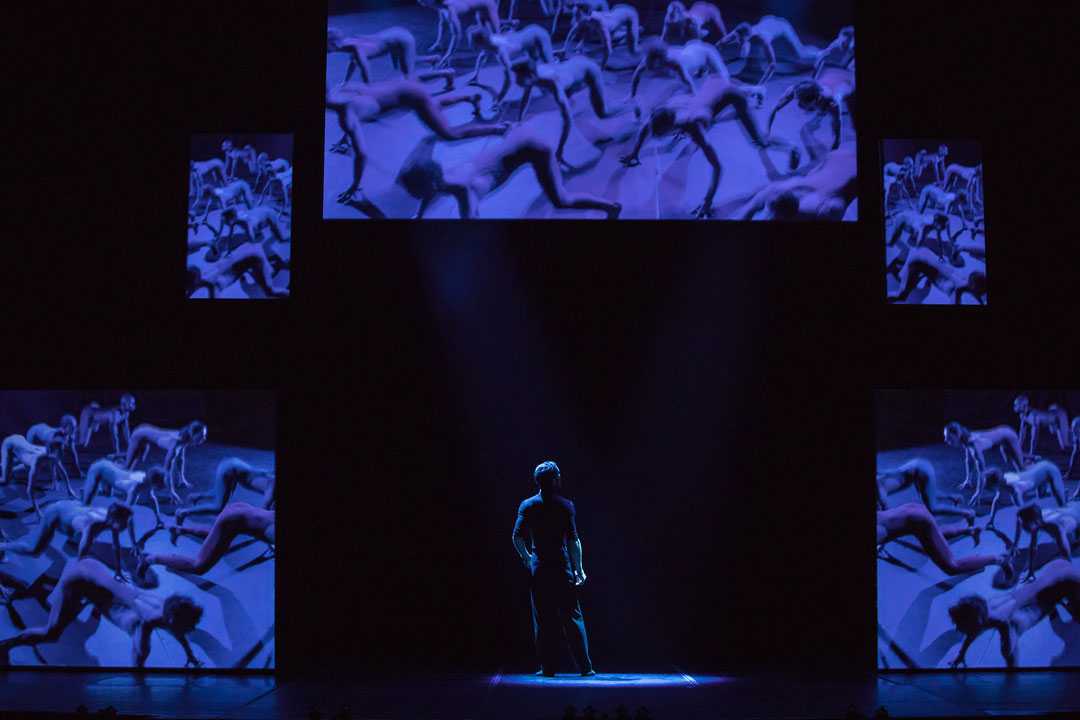Béjart Ballet relies on Modulo Kinetic for Dixit
- Details

To pay tribute to its creator, the Béjart Ballet Lausanne worked with Marc Hollogne to write and direct Dixit, a show that combines dance, acting and video projection to tell the story of Maurice Béjart's life and work.
To bring this show to life, the Béjart Ballet Lausanne used Modulo Kinetic, Modulo Pi's media server solution, as well as KineMotion, its real-time tracking plug-in.
Lucas Borgeaud, technical director of Béjart Ballet Lausanne, explains: “We had already used video in some of our ballets, but never on this scale. For this show, the video is almost at the same level as the dance. That's a first.”
For one hour and 40 minutes, Dixit allows the past and the present of the company to interact with each other through a conversation between real and virtual life, choreographies of Maurice Béjart and Gil Roman (the BBL's artistic director), new original creations and archive
The show is performed on a 13m stage on which two screens are freely moved by the dancers and actors and tracked in real time. In addition, there are three screens suspended on DMX hoist in the theatre fly loft.
A 30,000-lumen PT-RQ32 video-projector from Panasonic deals with the projection. The media is projected onto a 13m wide by 7m high frame, the projection alternating between the entire frame, the three suspended screens, and the two tracked screens on stage in real time.
Lucas Borgeaud explains: “The screens serve as bubbles that help to understand the history of the Béjart Ballet Lausanne. They are moved over the entire surface of the stage. The characters are projected on an anatomical scale to interact with the actors and dancers on stage. These screens also allow to broadcast different sequences and flashbacks. Modulo Kinetic is in charge of tracking and mapping images on the right location according to their position in the frame.”
The three screens suspended in the theatre fly loft are controlled by a light desk. The desk values are then sent in DMX to Modulo Kinetic so that the image projected on the suspended screens follows the movements controlled via the lighting console.
When Dixit was created in 2018, Béjart Ballet Lausanne was the very first entity to use KineMotion, the optical tracking solution developed for Modulo Kinetic, even before the module's official release in September 2019. "If we go back to the creation of Dixit more than a year ago, there were very few infrared tracking solutions available on the market," notes Lucas Borgeaud.
"Modulo Kinetic was reliable and usable for live shows. Small infrared emitters are positioned on the screens. Cameras film these emitters and make it possible to relay the position of the frames in Modulo Kinetic's 3D space. It is the media server that calculates and allows to map and track each screen in real time.”
(Jim Evans)












